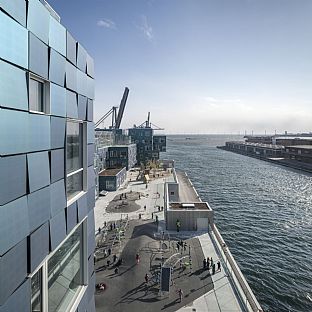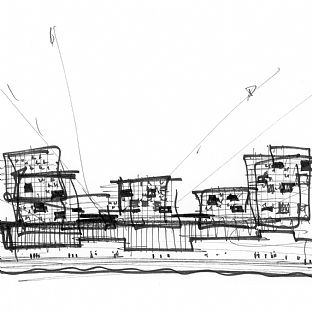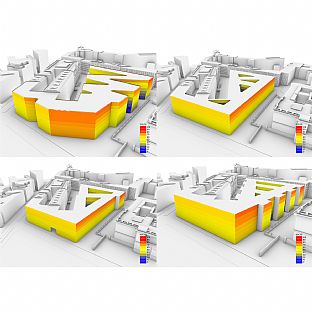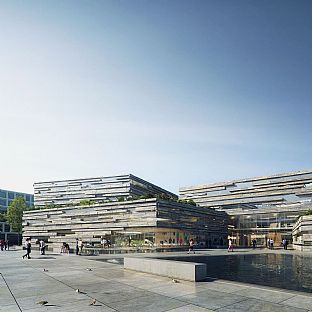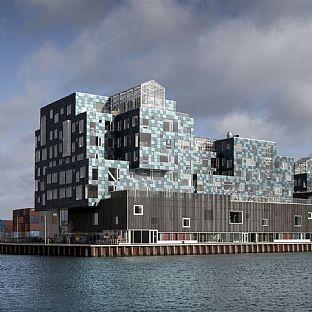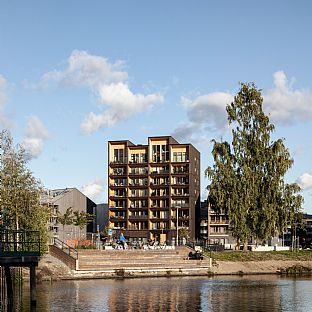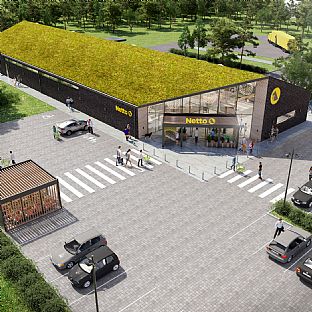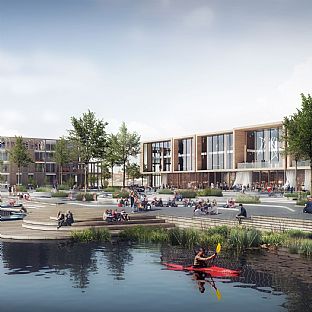Documenting sustainability
Sustainable buildings create extra value for clients and society, so we document the performance of our buildings to the highest levels, using recognized tools for energy, daylighting, life cycle analysis, life cycle costing, etc.
C.F. Møller has extensive experience certifying buildings with the DGNB,
LEED, BREEAM and Miljöbyggnad sustainability systems. Our highly qualified DGNB Auditors use custom developed, BIM-integrated tools to optimize the certification.
